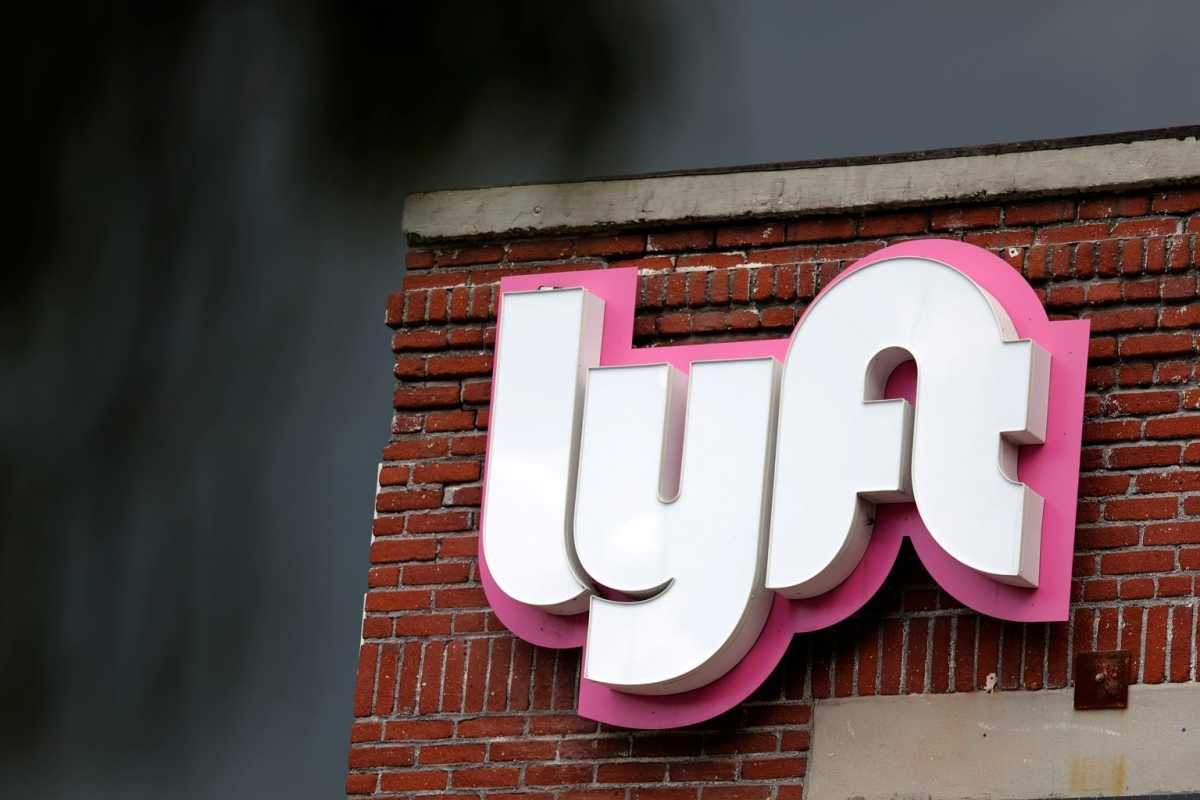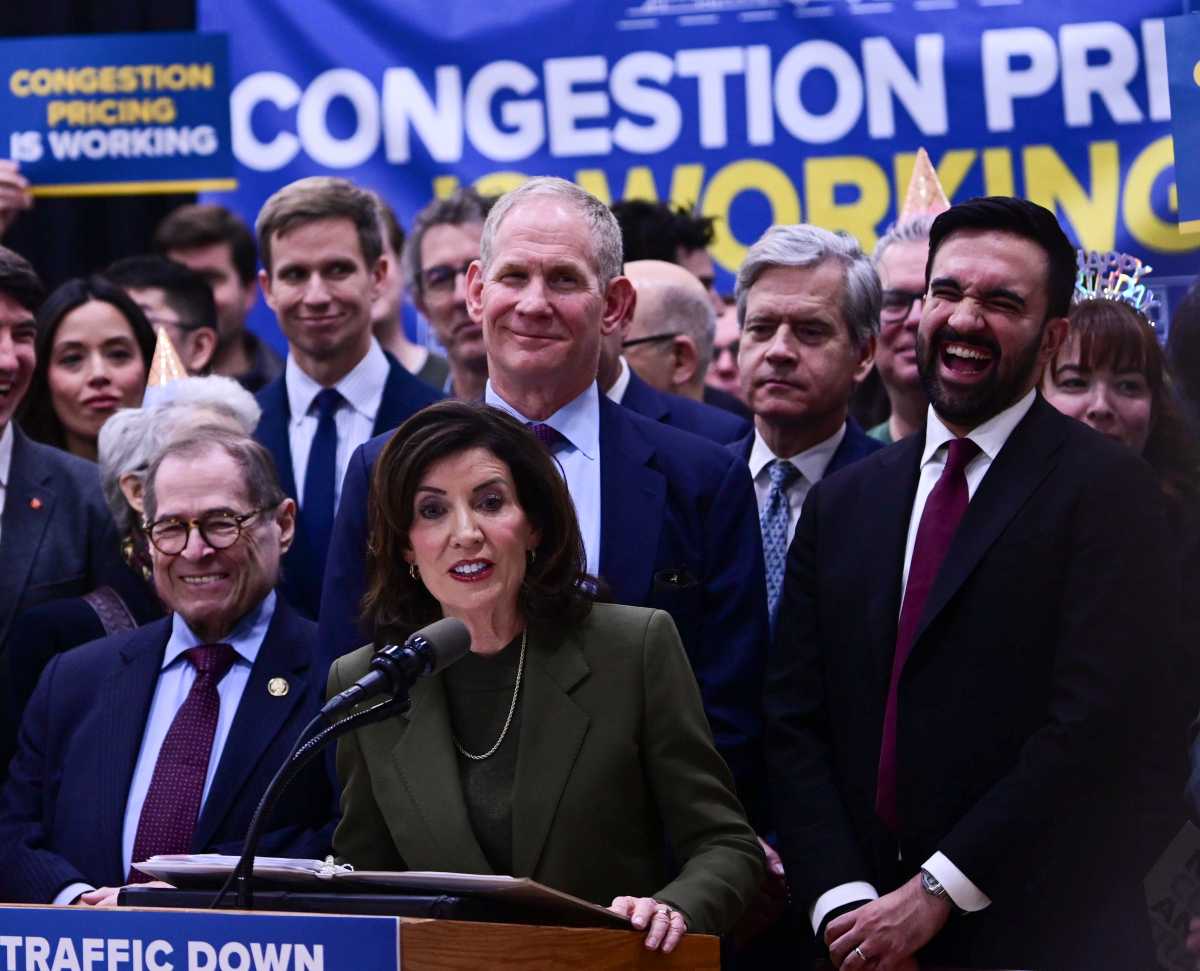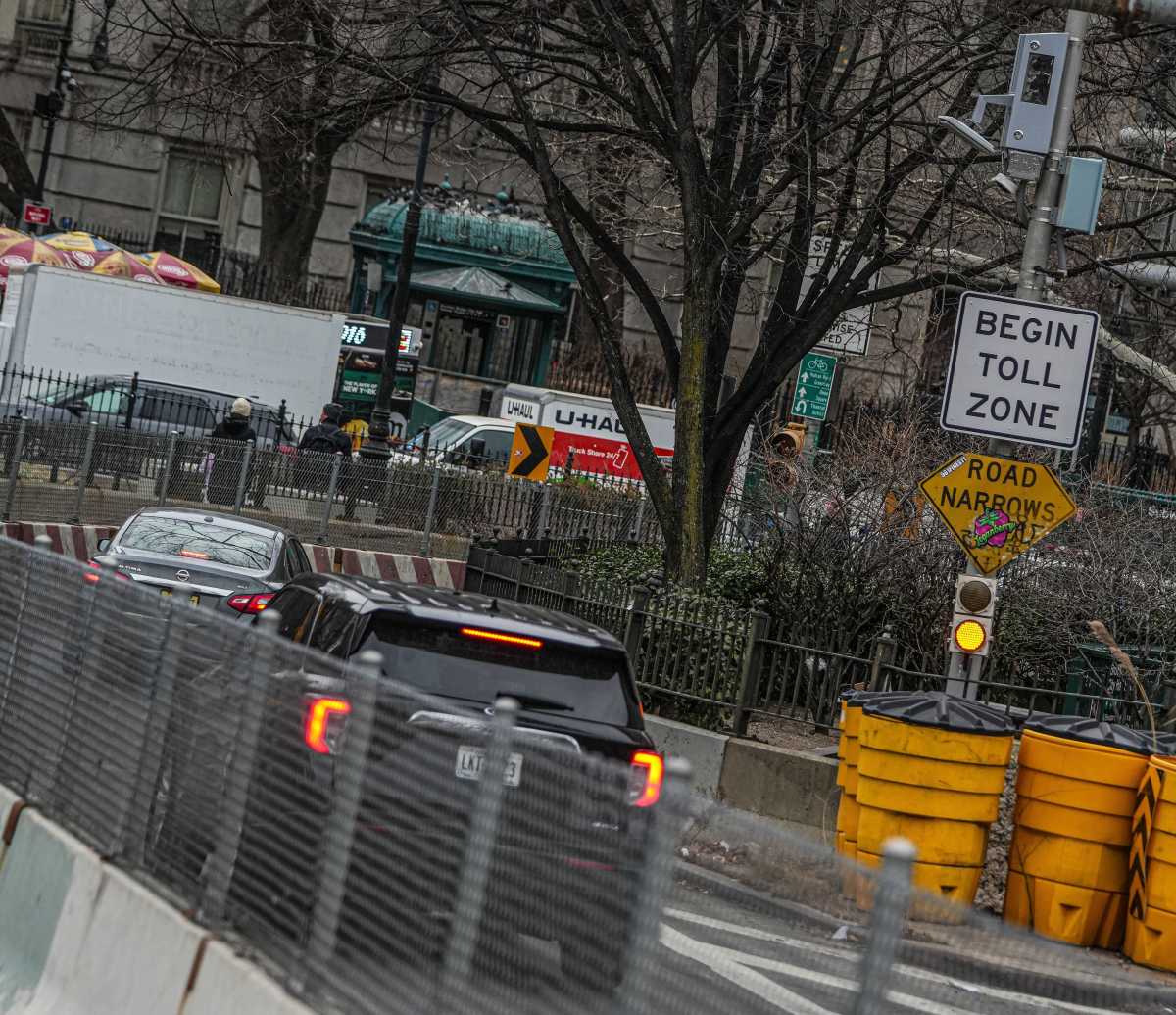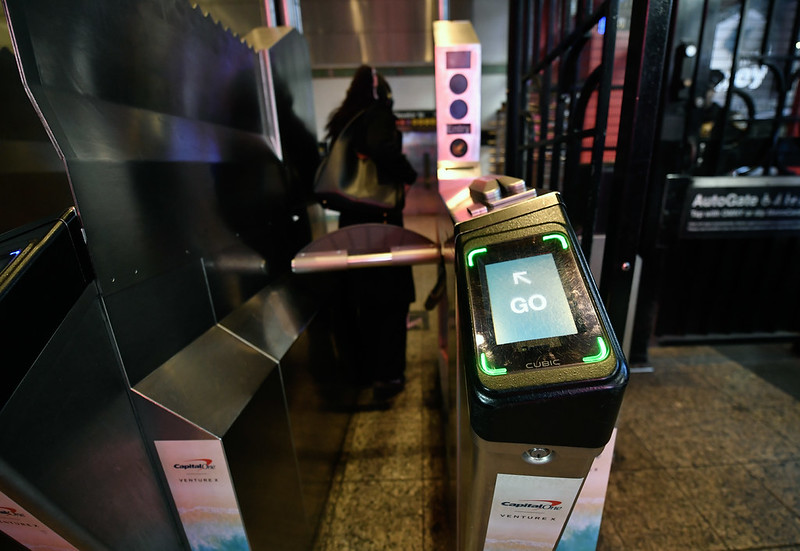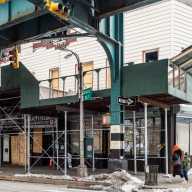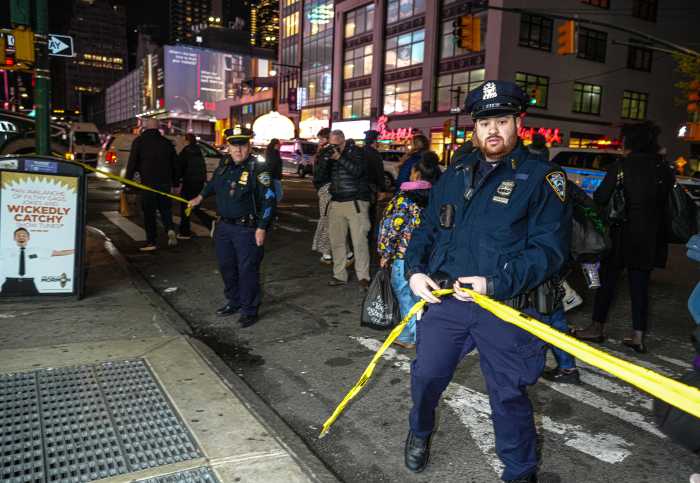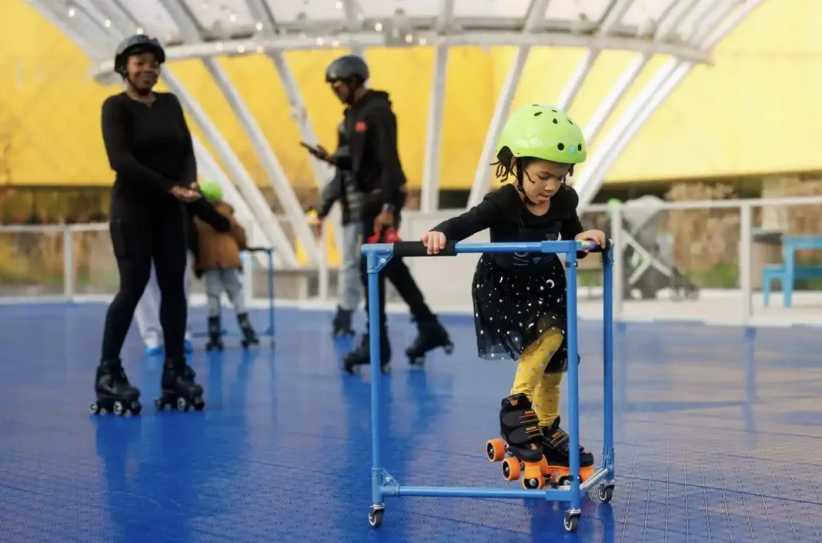BY TINA BELLON
Lyft Inc <LYFT.O> said on Friday it would distribute some 60,000 vehicle partition shields to its most-active drivers as a protection against the coronavirus and begin selling the custom-made protective barriers to other drivers later this summer.
The ride-hailing company began in May to require both passengers and drivers to wear a mask during trips and said it had provided North American drivers with more than 150,000 sanitizing products and masks since the outbreak of the pandemic.
Lyft began designing the semi-rigid partition shields, made out of a polycarbonate material, several months ago and has since piloted it with a group of ride-hail drivers to solicit feedback, a spokeswoman said.
“It was critical to us that the design met the needs of rideshare drivers specifically, accommodated a wide range of vehicle models, could be self-installed and easily removed, and could be produced at a price point far lower than what is currently available in the market,” the spokeswoman said in a statement.
Lyft will sell the partitions for about $50 at production cost and without a markup, the company said. Vehicle partition shields are available online from various manufacturers, with prices ranging from $50 to more than $100.
The U.S. Centers for Disease Control and Prevention issued coronavirus guidelines in April to professional drivers and recommended the installation of a partition between a driver and passengers.
As of March 2019, Lyft had nearly 2 million drivers in the United States and Canada, where it operates. But regulators and analysts estimate the number of active drivers has dropped significantly during the pandemic, when ridership plummeted because of sweeping stay-at-home orders.
Lyft said in June that trip requests on its platform rose around 26% from the low point in April but were still some 70% under prior-year levels.

